National Highway
The Acapulco-Zihuatanejo National Highway has been a symbolic place in my life for various reasons. A day before I enrolled at university to study medicine, I was driving along it when an accident took place right in front of me. I was paralysed by the horror of the scene and decided to study economics instead; I felt I couldn't ever face the sight of wounded bodies again. It is connected to some of my most vivid and exciting memories. When I was a little girl, I used to travel down it on the way to school and at weekends, I used to drive along the length of it from Acapulco to Zihuatanejo. What I found were not simply places you pass by, as they were for most people, yet instead the most valuable part of the journey - an outdoor, linear museum. Years later, driven by curiosity, I went back to the road to explore what I had seen from the family car. I began my exploration in the town where I grew up. I went back to all the places I was forbidden to see as a girl yet which I found fascinating, such as the part of the town that had flooded in the 1950s, or the rubbish dump next to the highway. The same thing happened with people. I looked for the teacher who intrigued me because he wore the same suit every day and the woman who kept her daughter locked in a cell because she was "possessed by the devil" and used to decorate her house with toys; I gradually photographed each of them. Then I visited all the towns I had seen on my trips, which I had never visited on foot until now. As I explored them, I saw myself in both the past and the present. It is quite clear to me that memory does not reproduce things. It works a little like the imagination, because sometimes my recollections did not coincide with my current impressions. During my wanderings, I also ran into new people and looked for others I had been told about. I was not mistaken. A person with a fascinating life story ends up reflecting upon it in the construction of his or her personal image and intimate spaces. These images are traces of a journey I undertake almost as a personal performance that links me in a new manner to this place. They are the creation of a representation that symbolises my intrusion. I unintentionally used places and characters to create my personal imagination. I delved into the present as a means of giving life to something that no longer exists through representation and as a way of momentarily recovering the past.
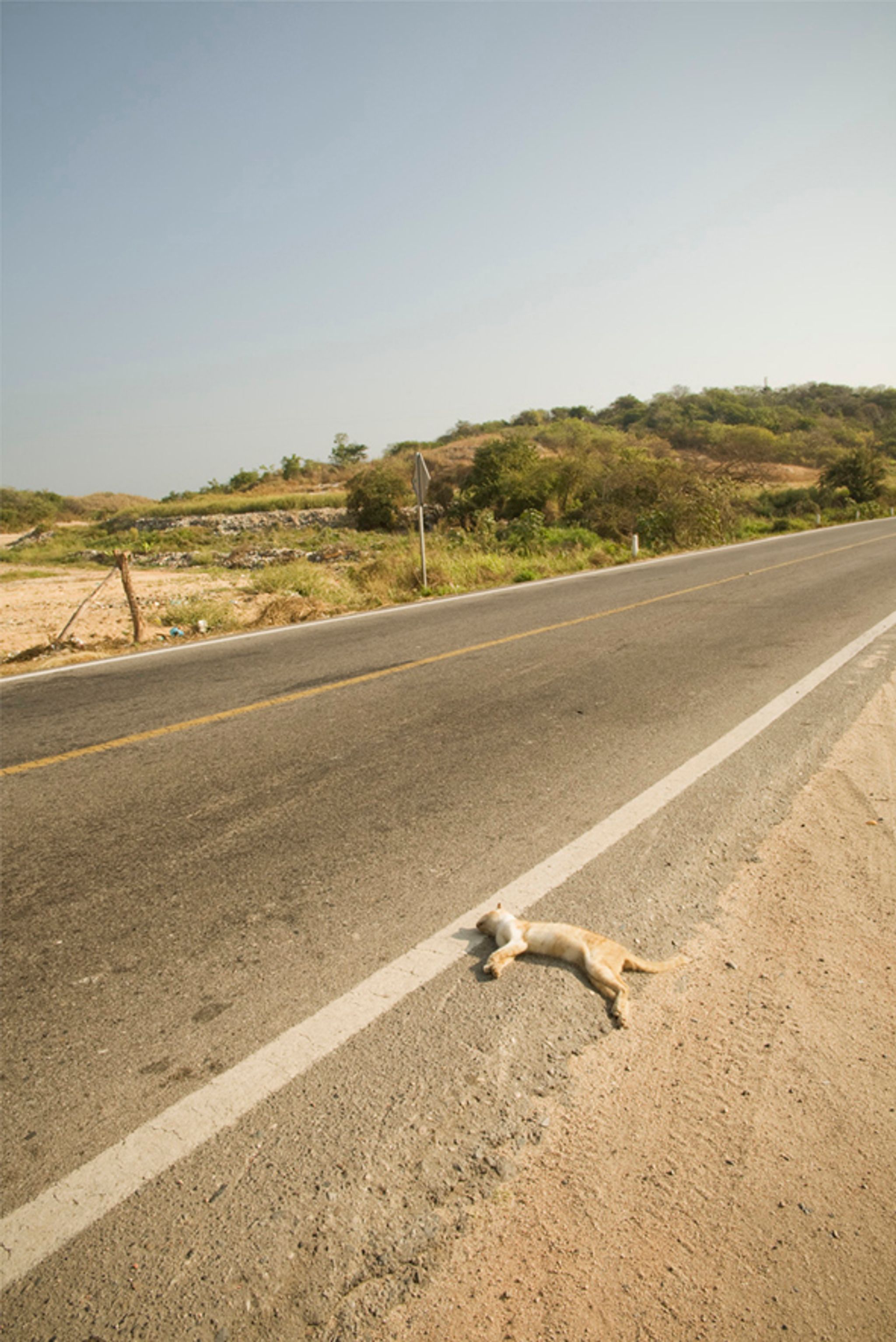
The cat

José
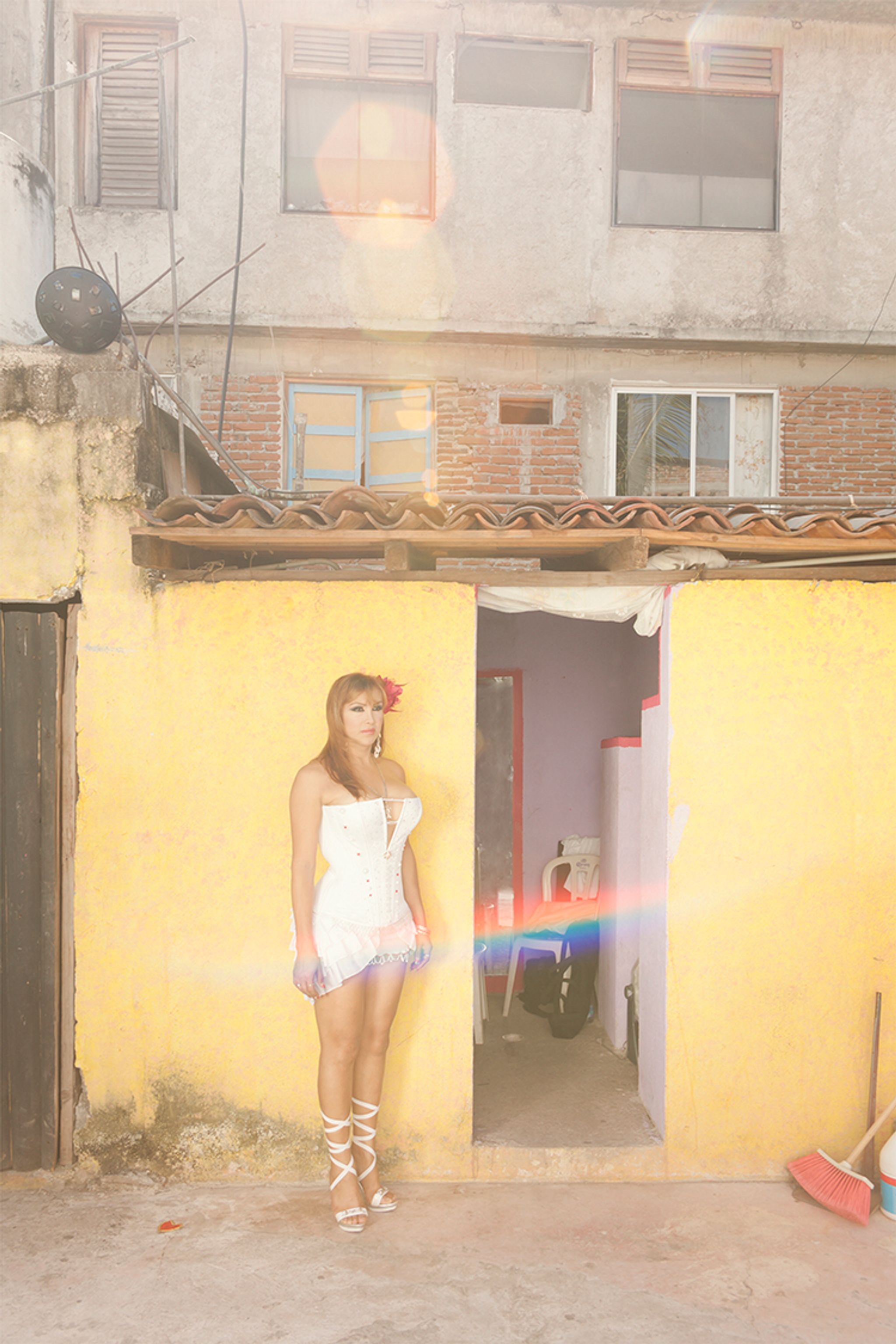
"Tania"
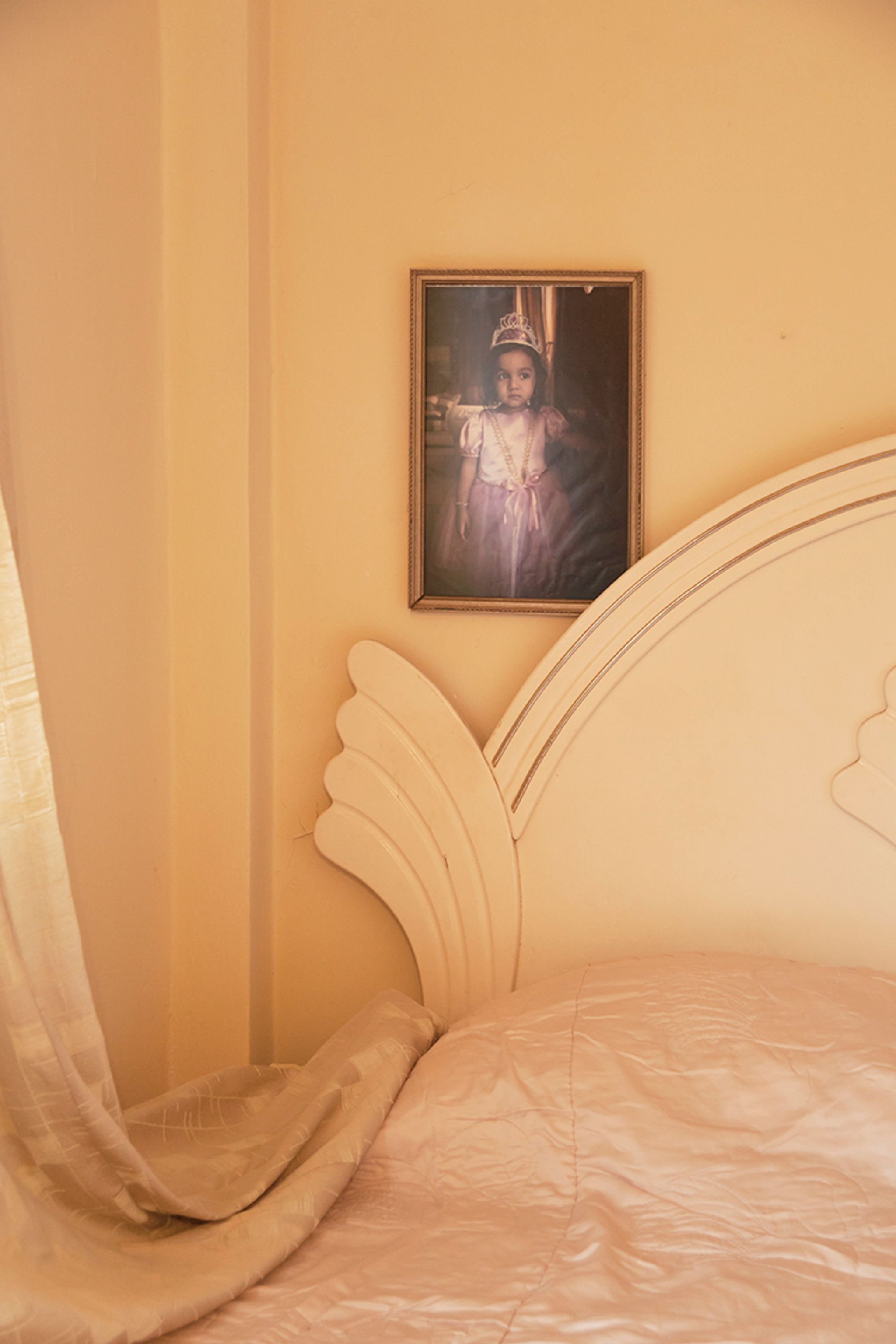
Valentina´s house
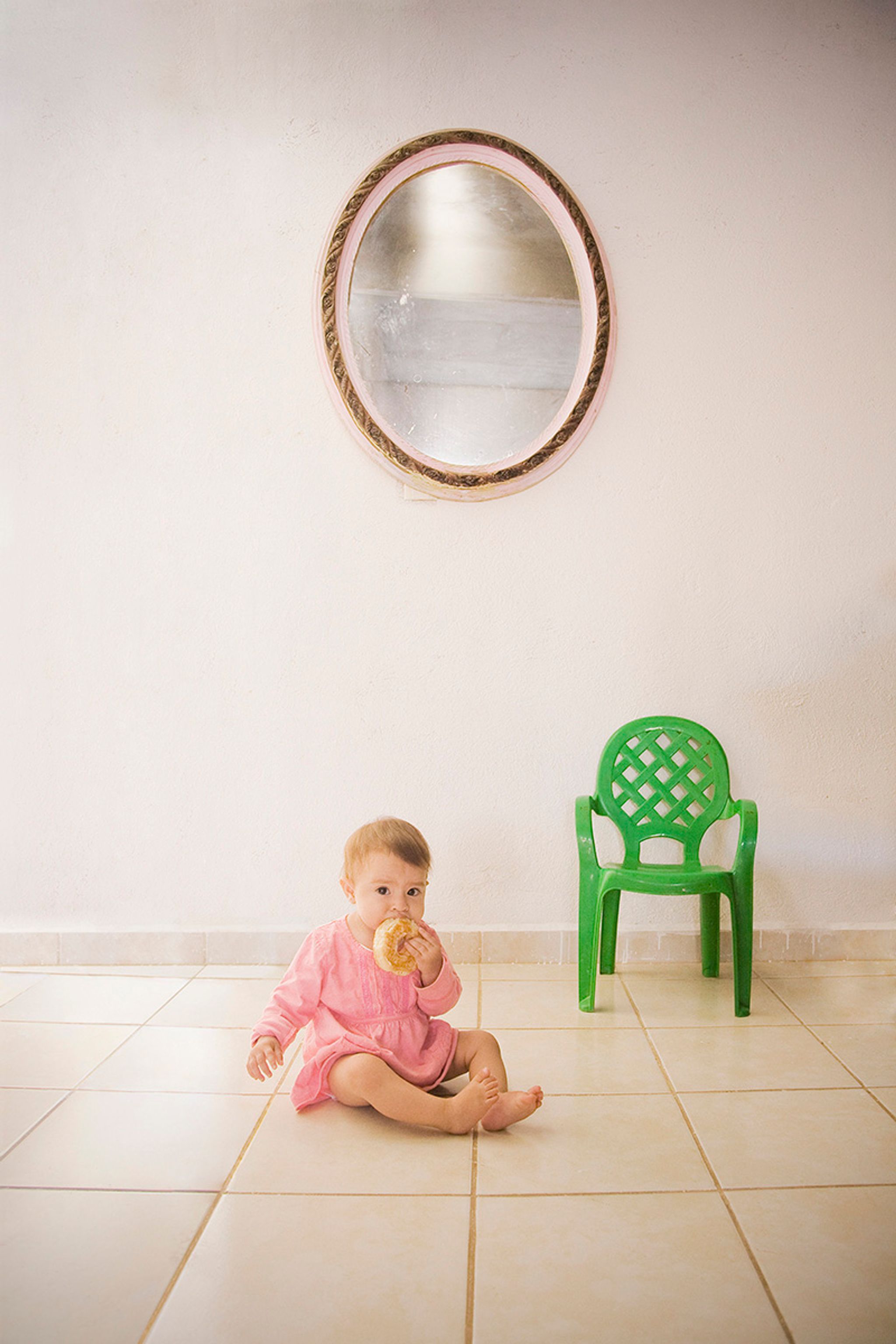
Aida Venecia
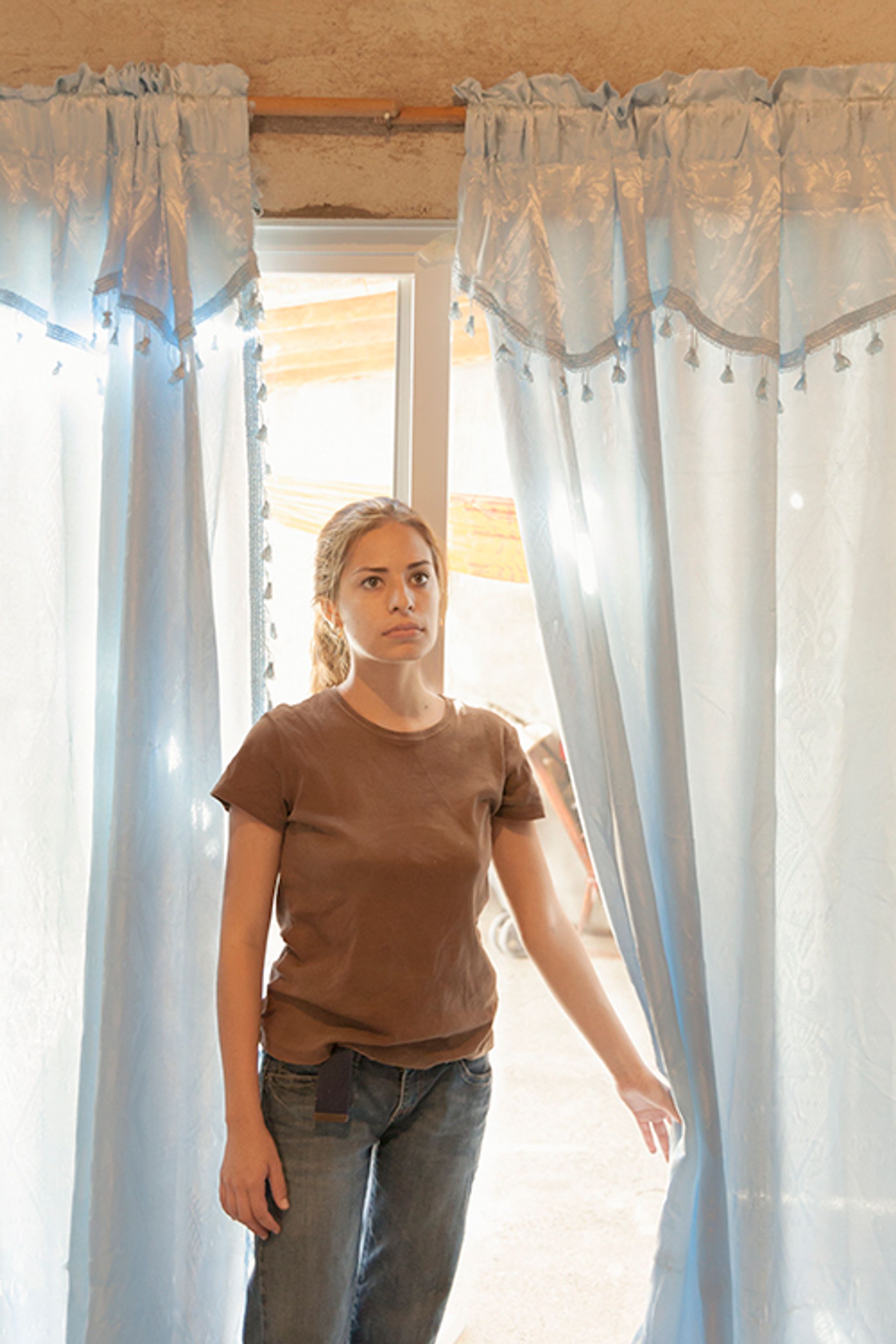
Elena Monserrat
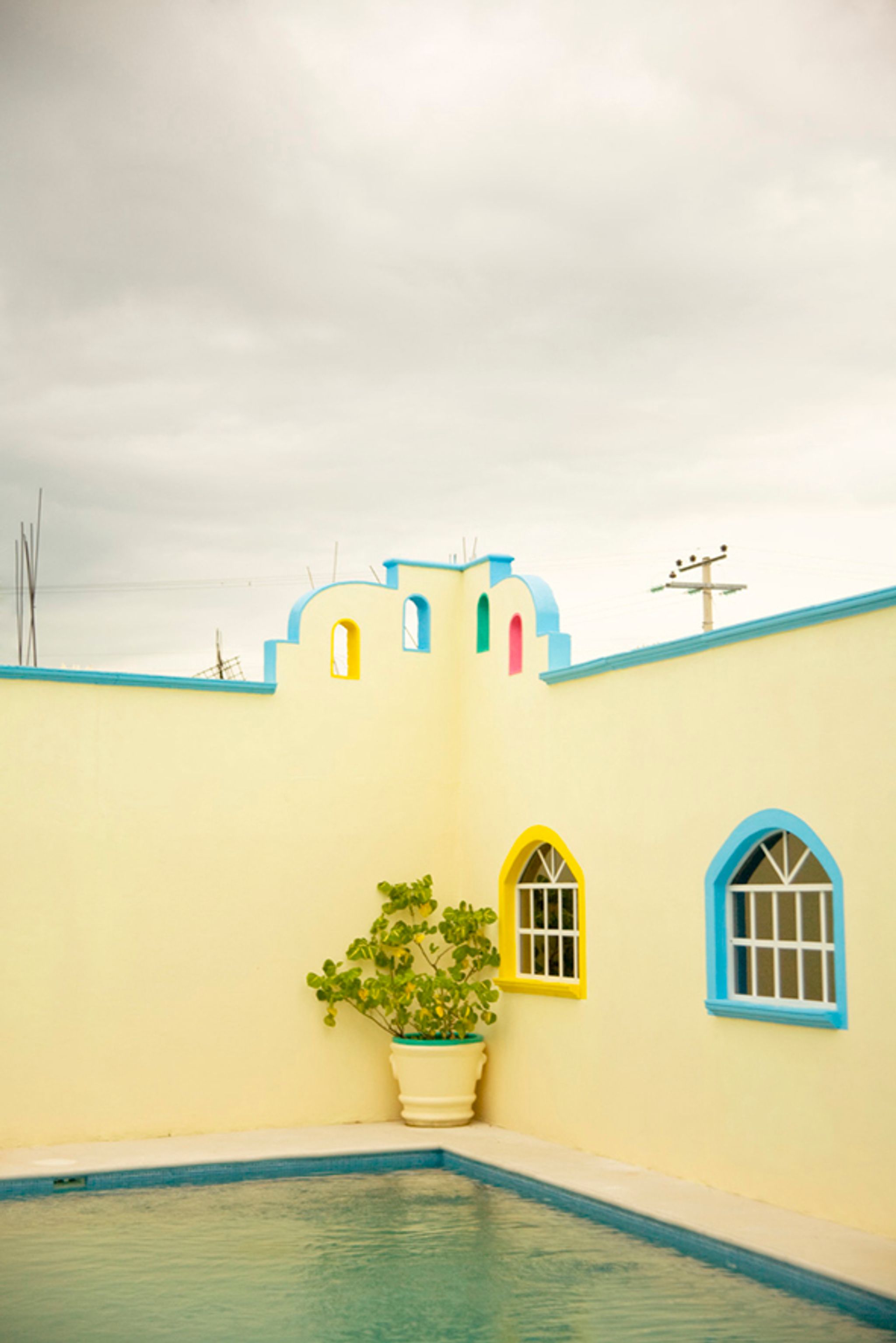
Teo´s house

The house with tree

Teo
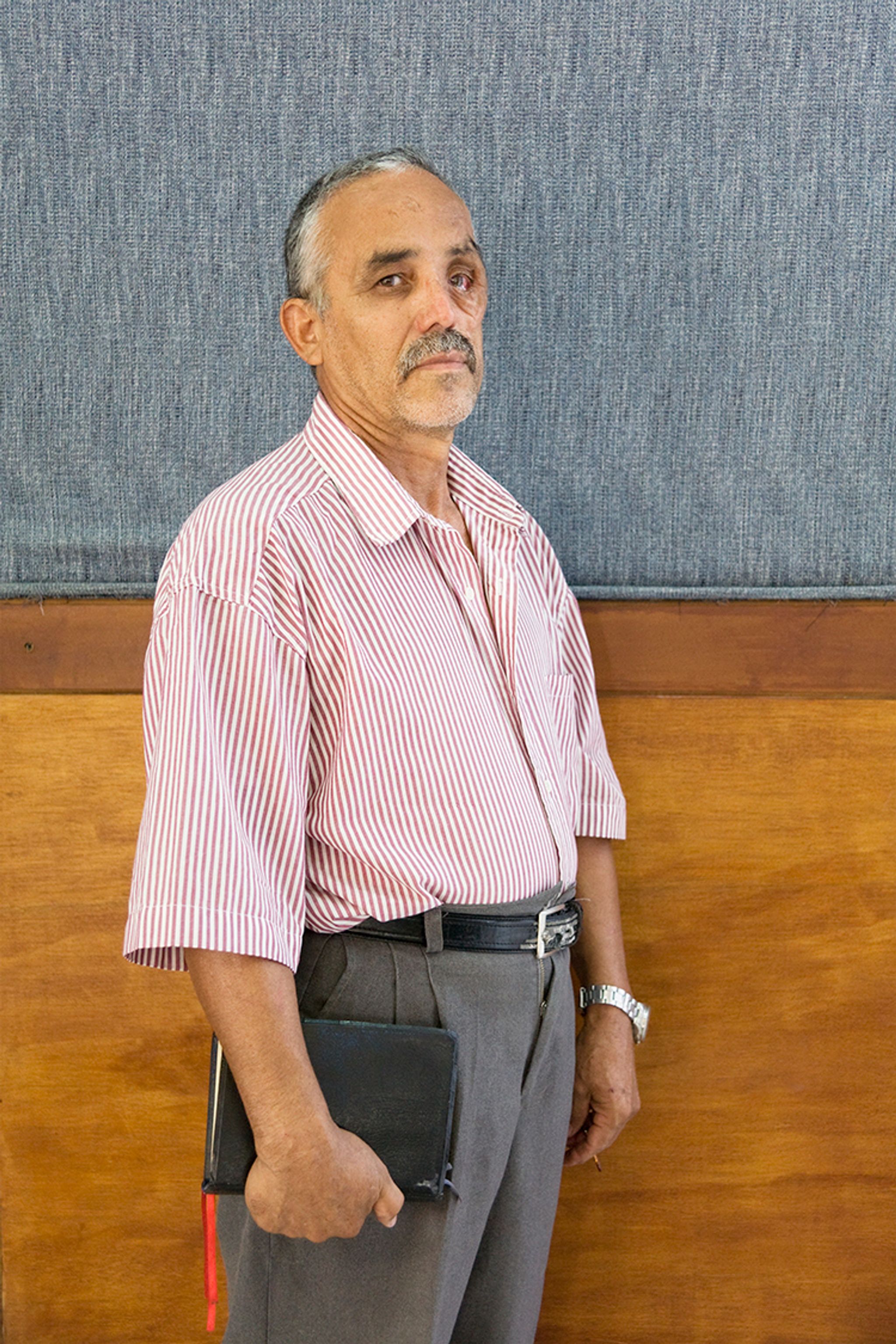
Neftalí
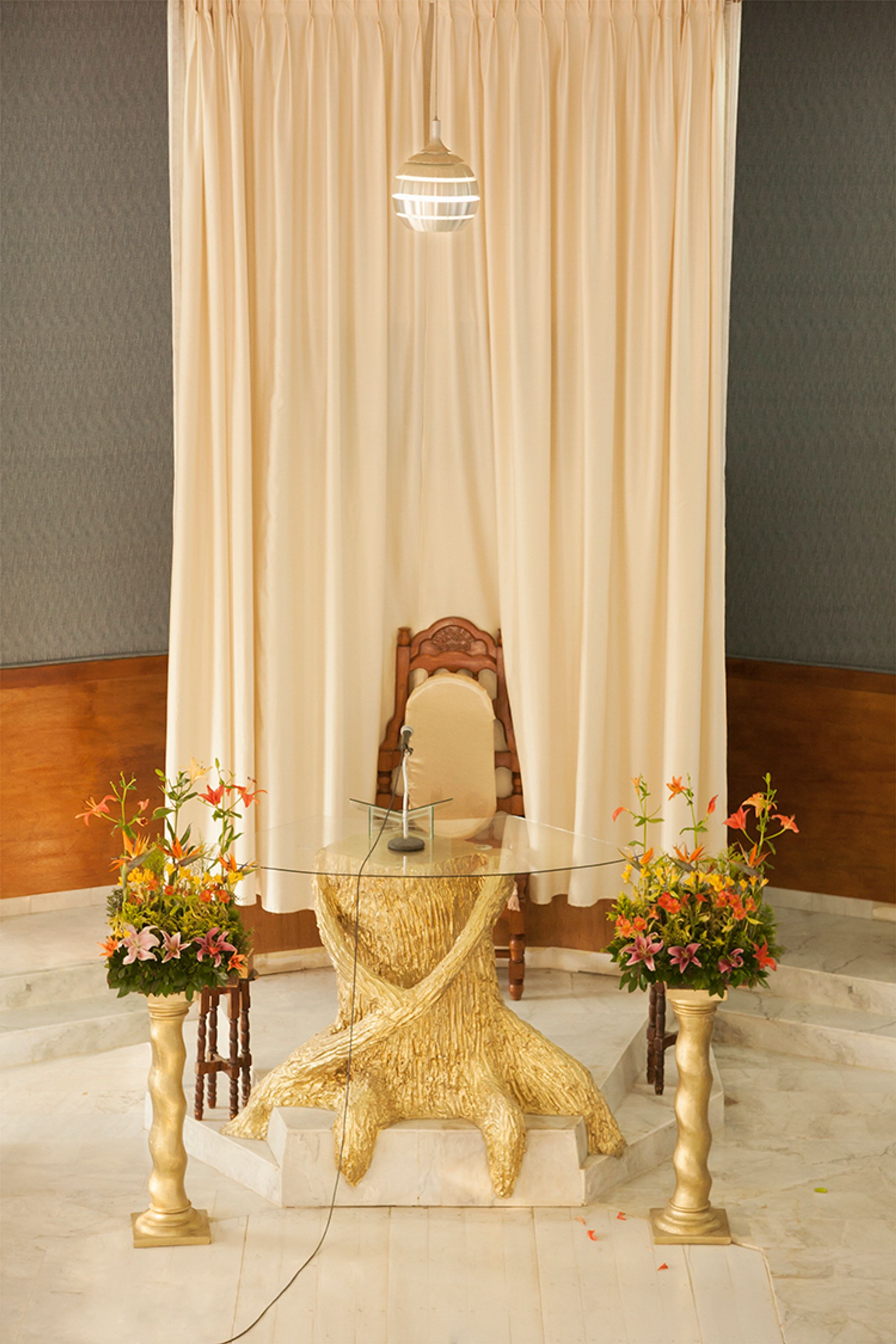
The Altar
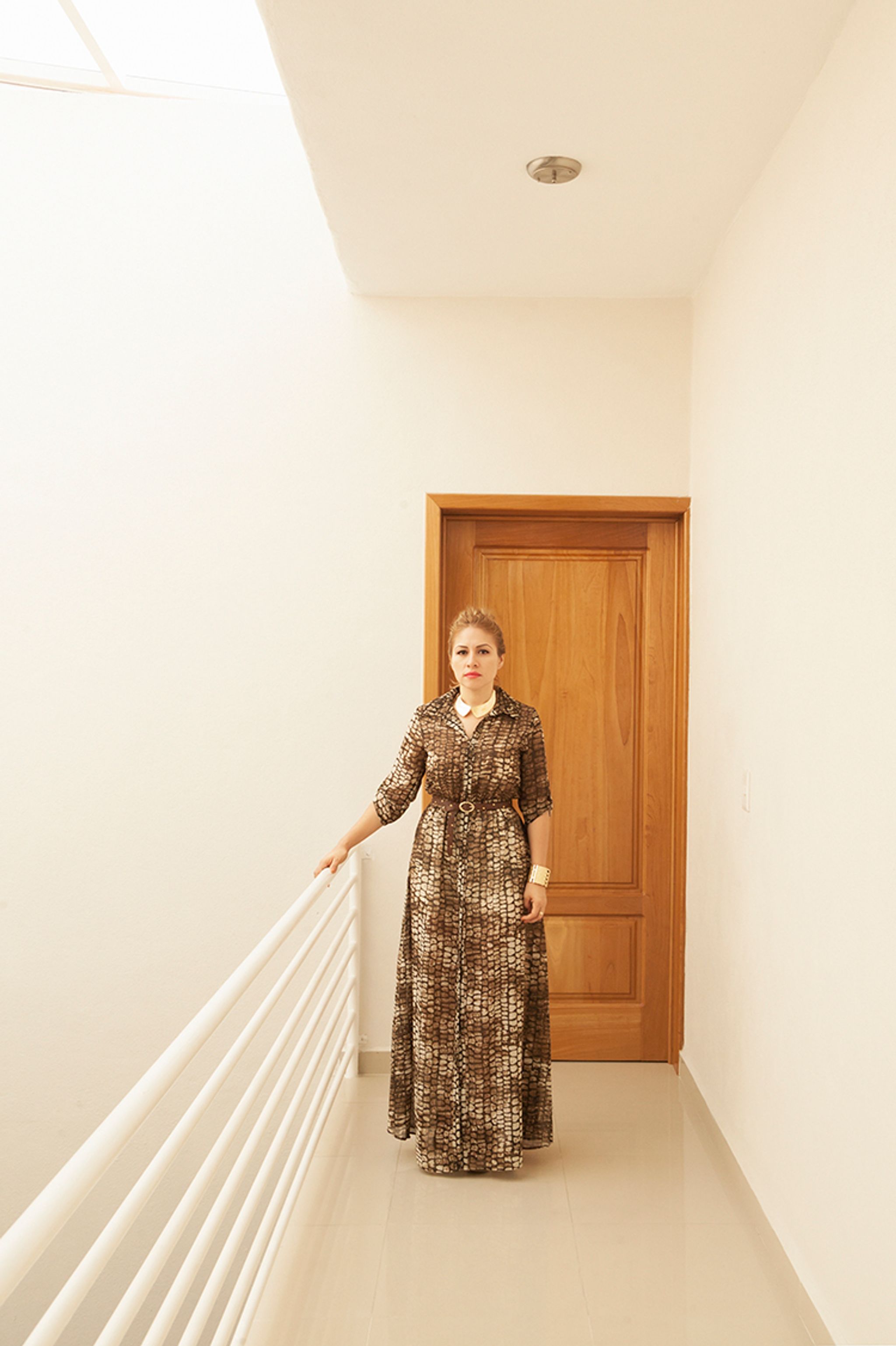
Clementina Monserrat
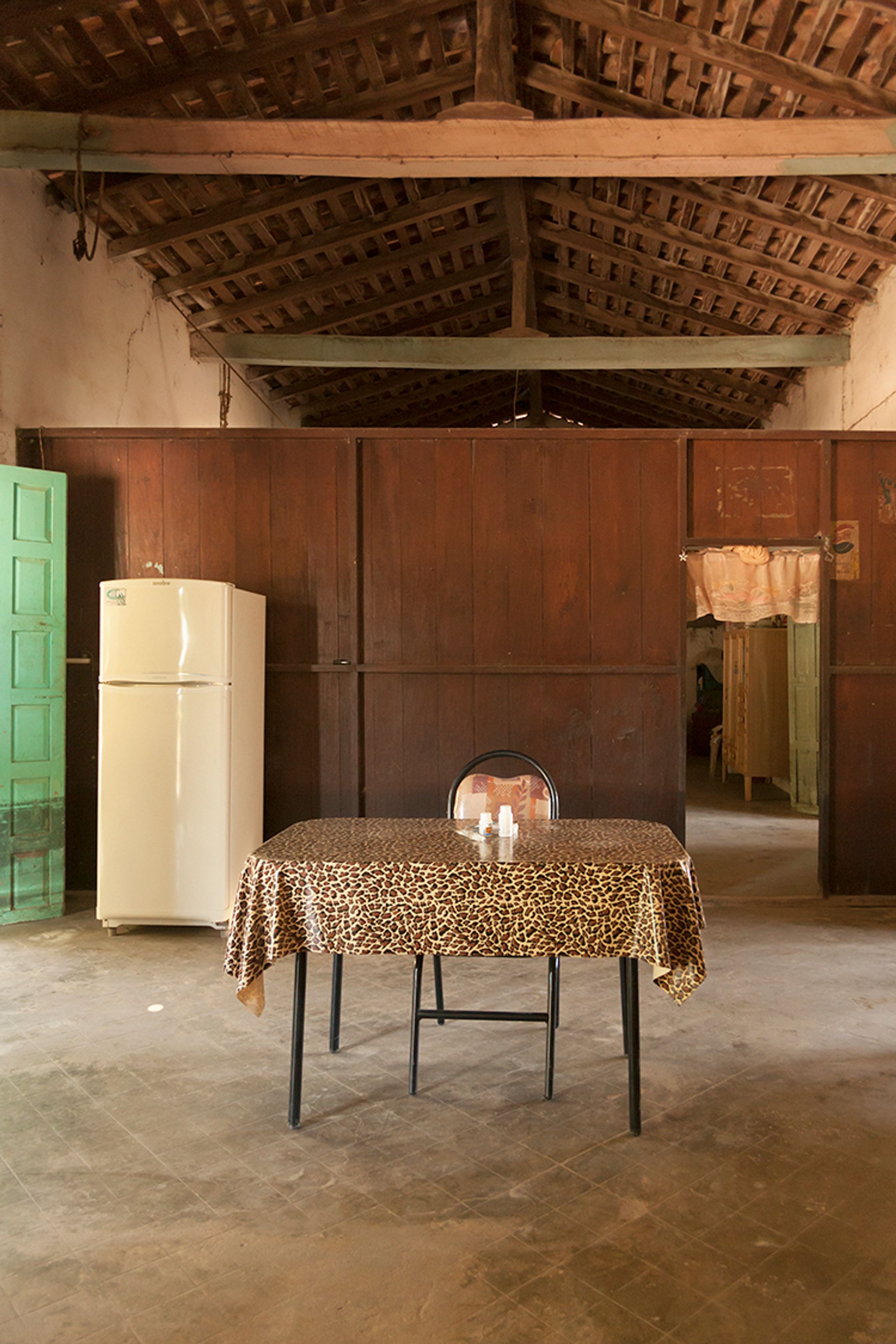
The white house
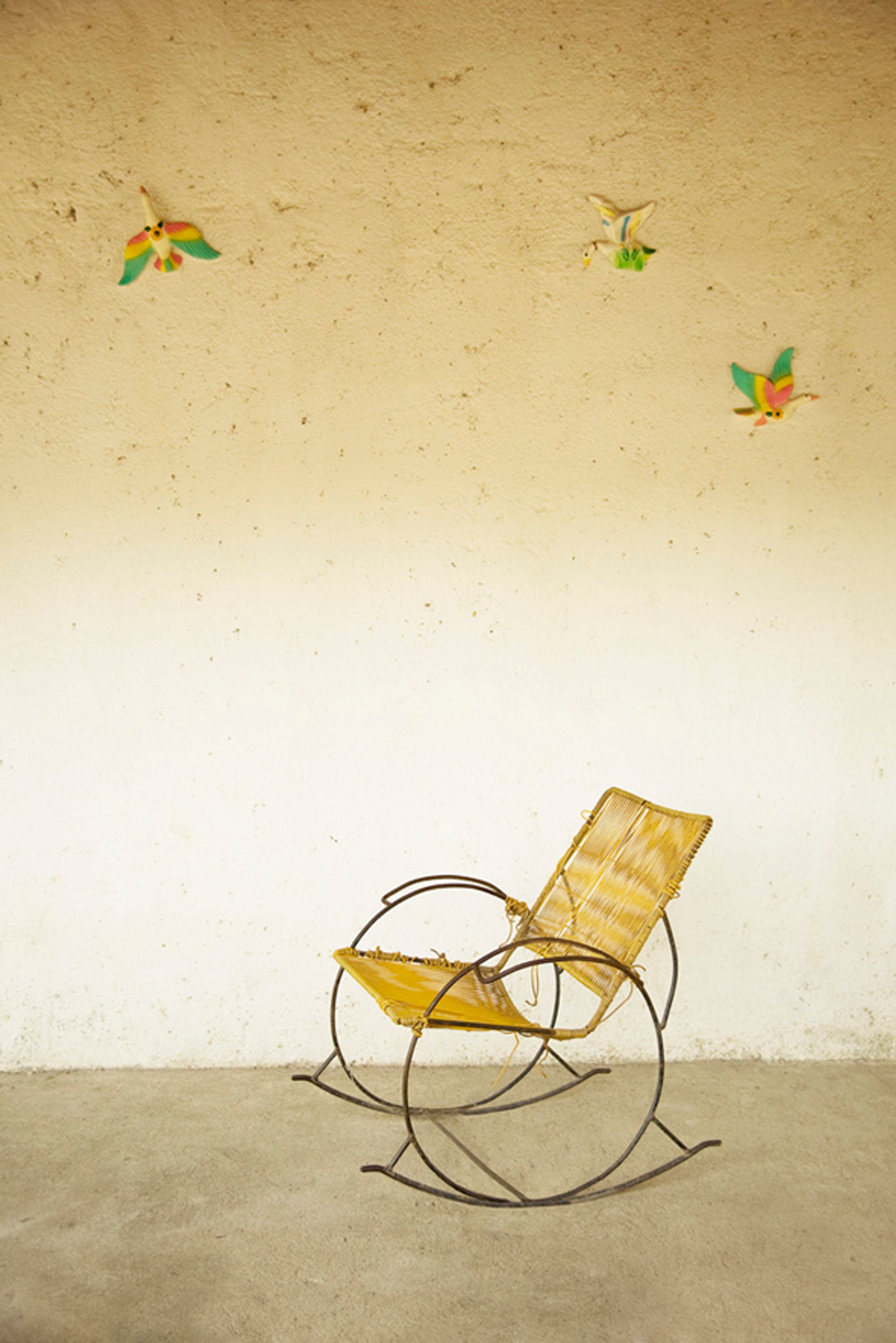
The chair
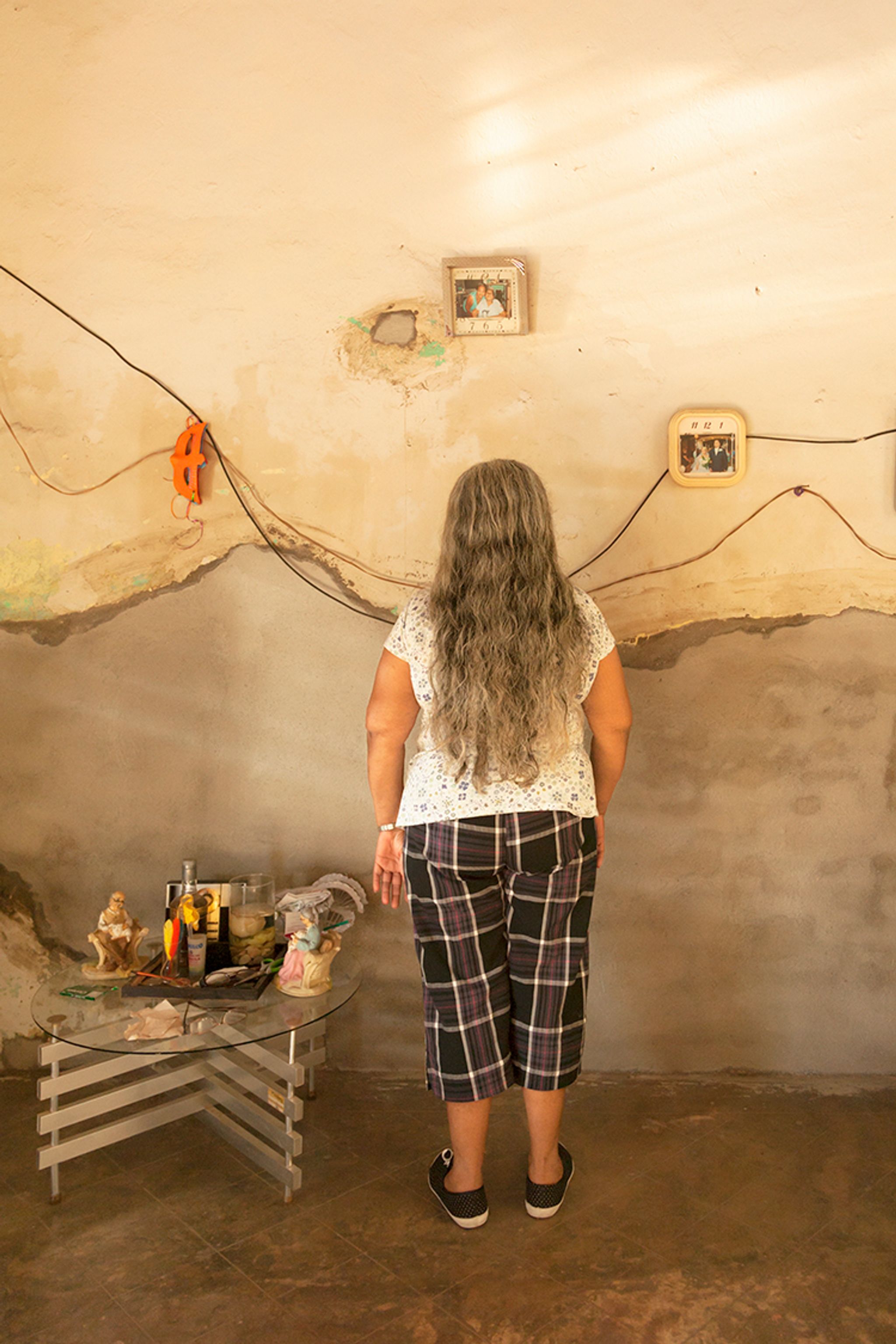
Ana
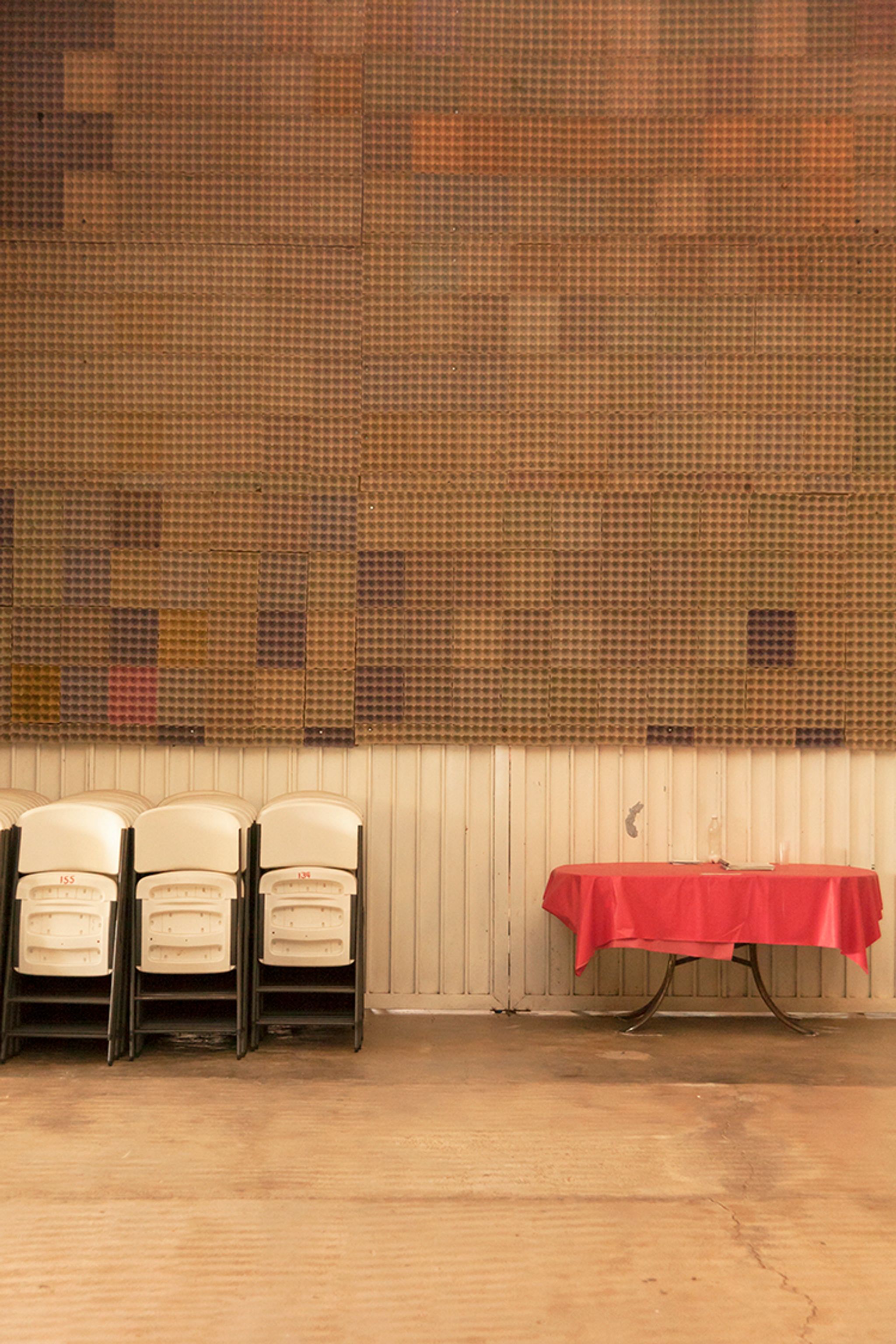
The Church
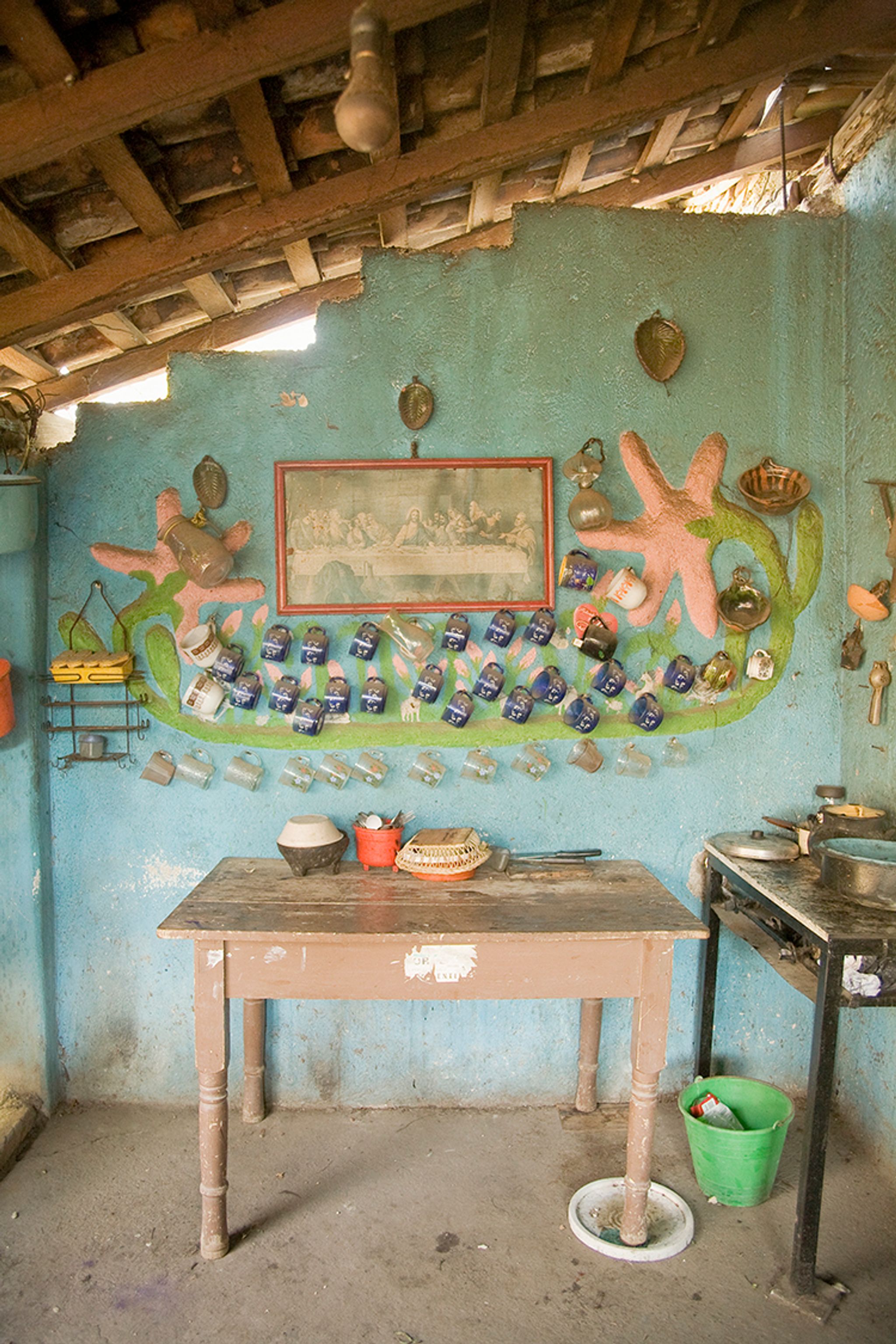
Marina´s kitchen
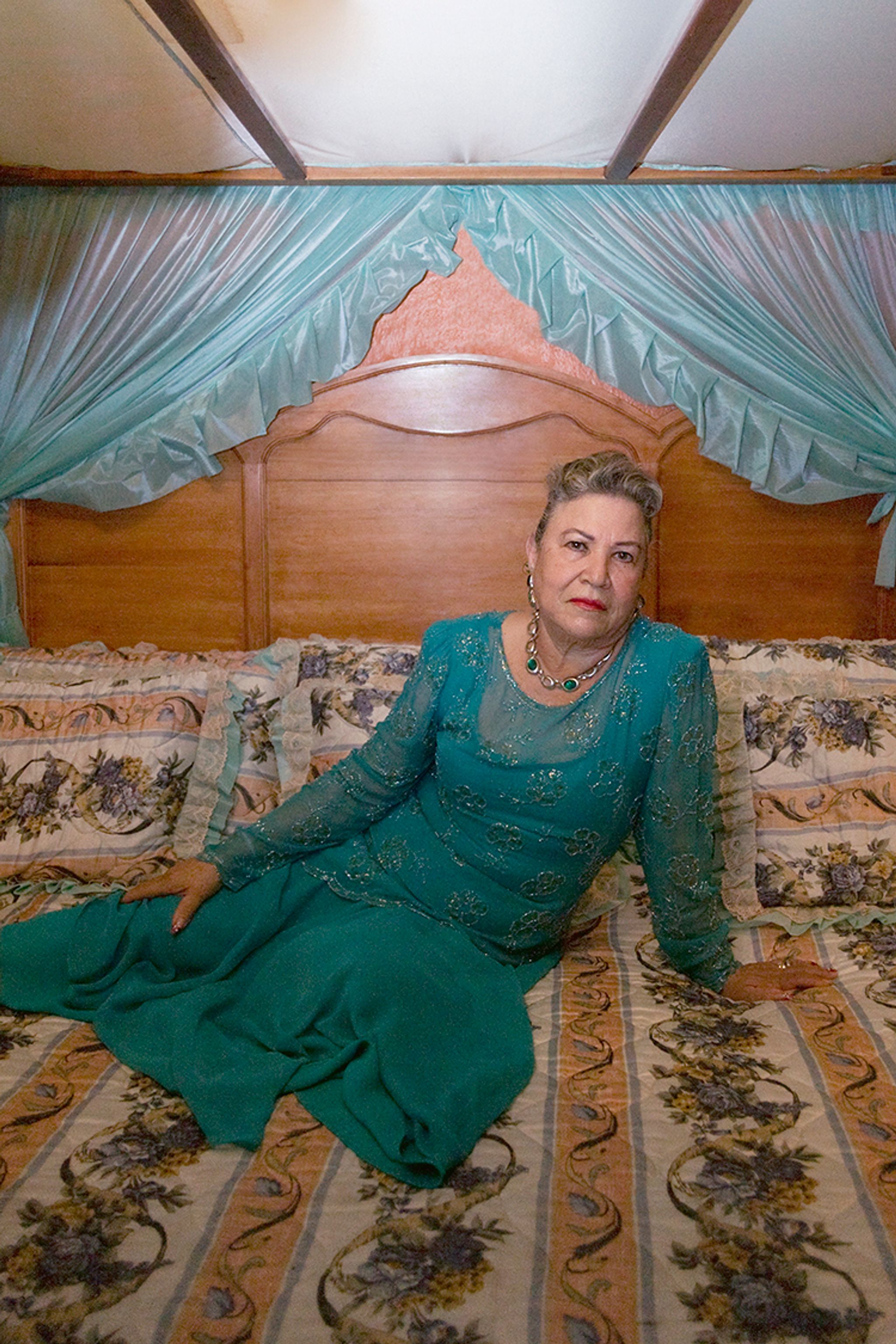
Elvia

The Armchair
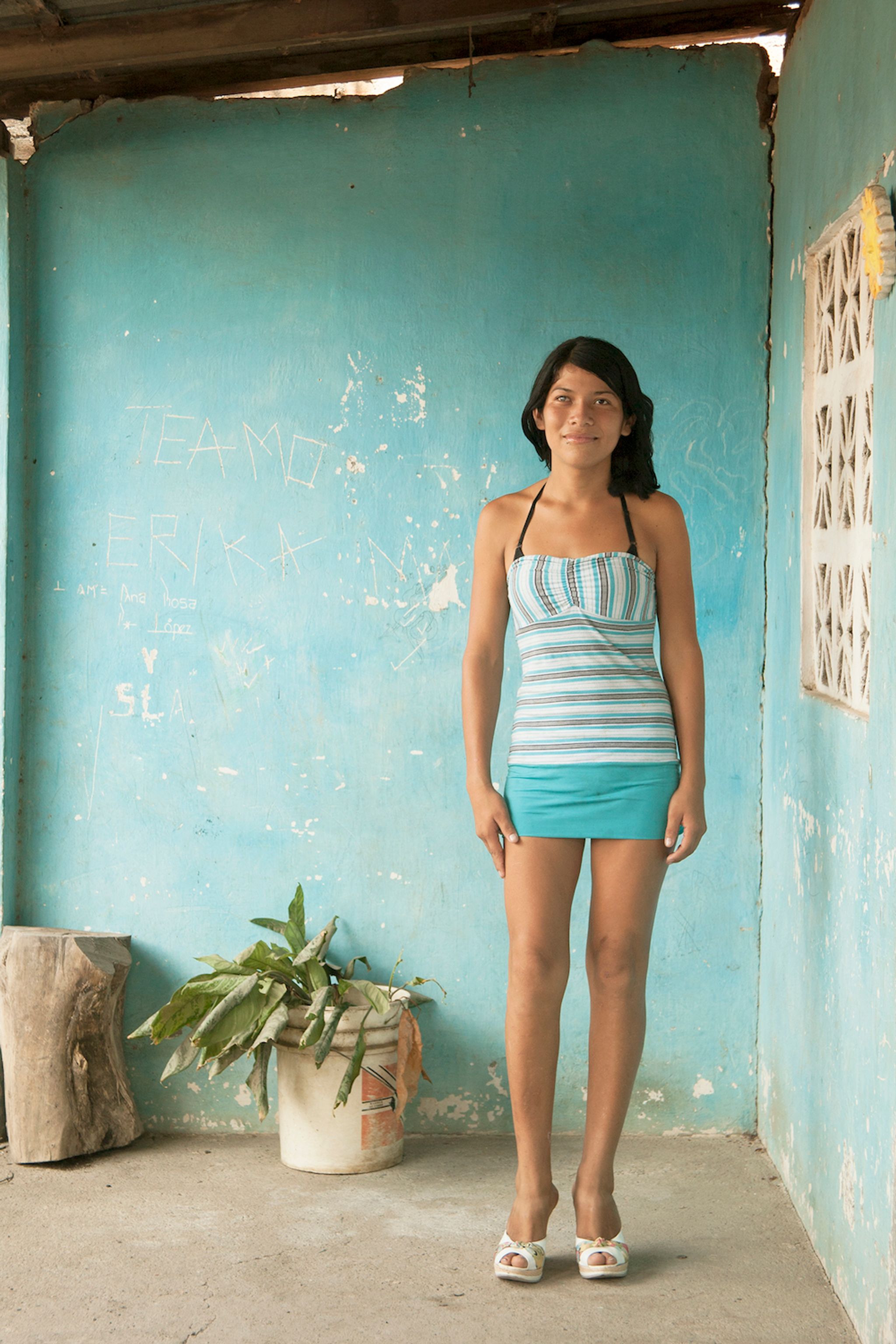
"Dulce Vanessa"
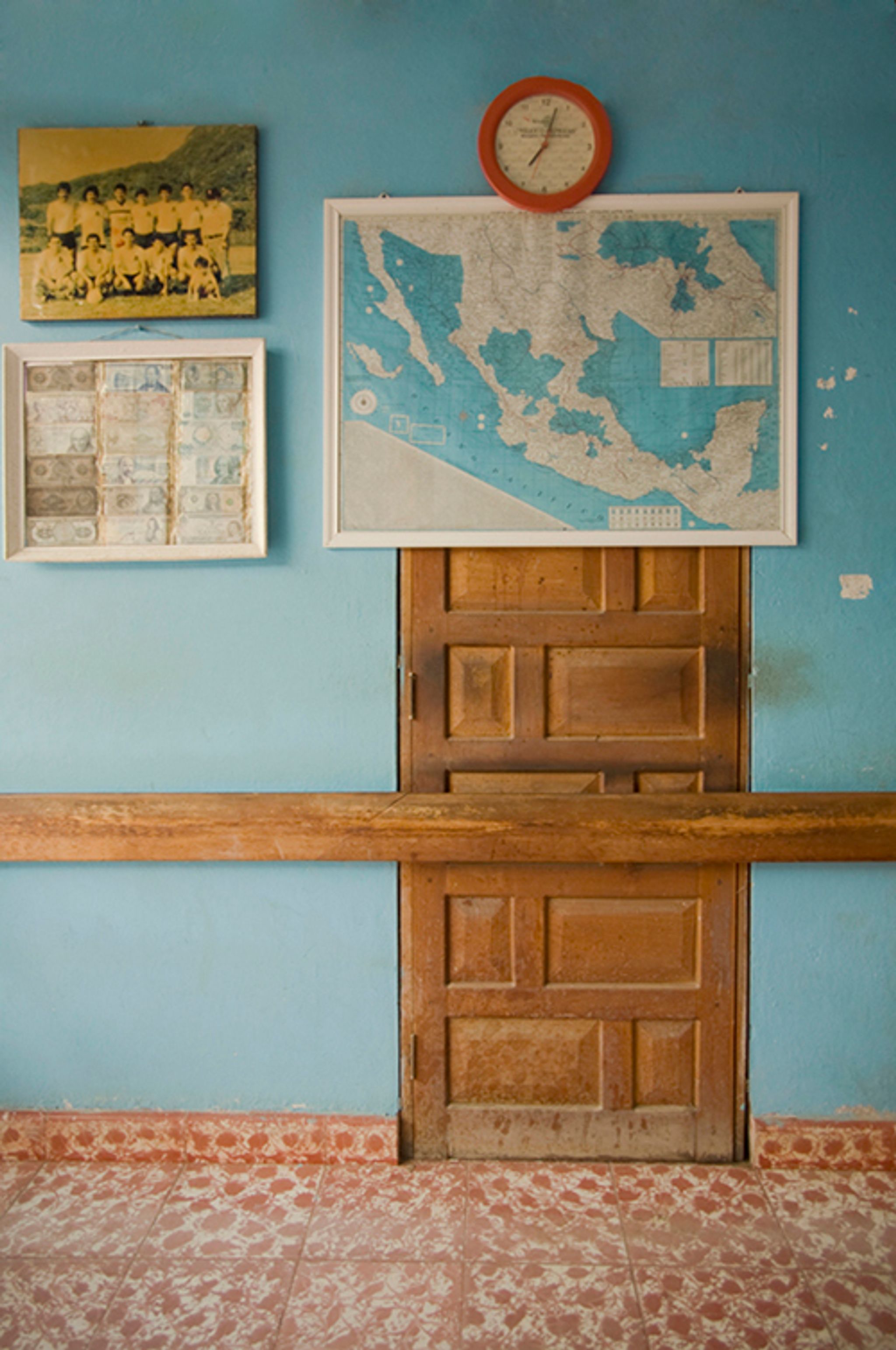
The Room
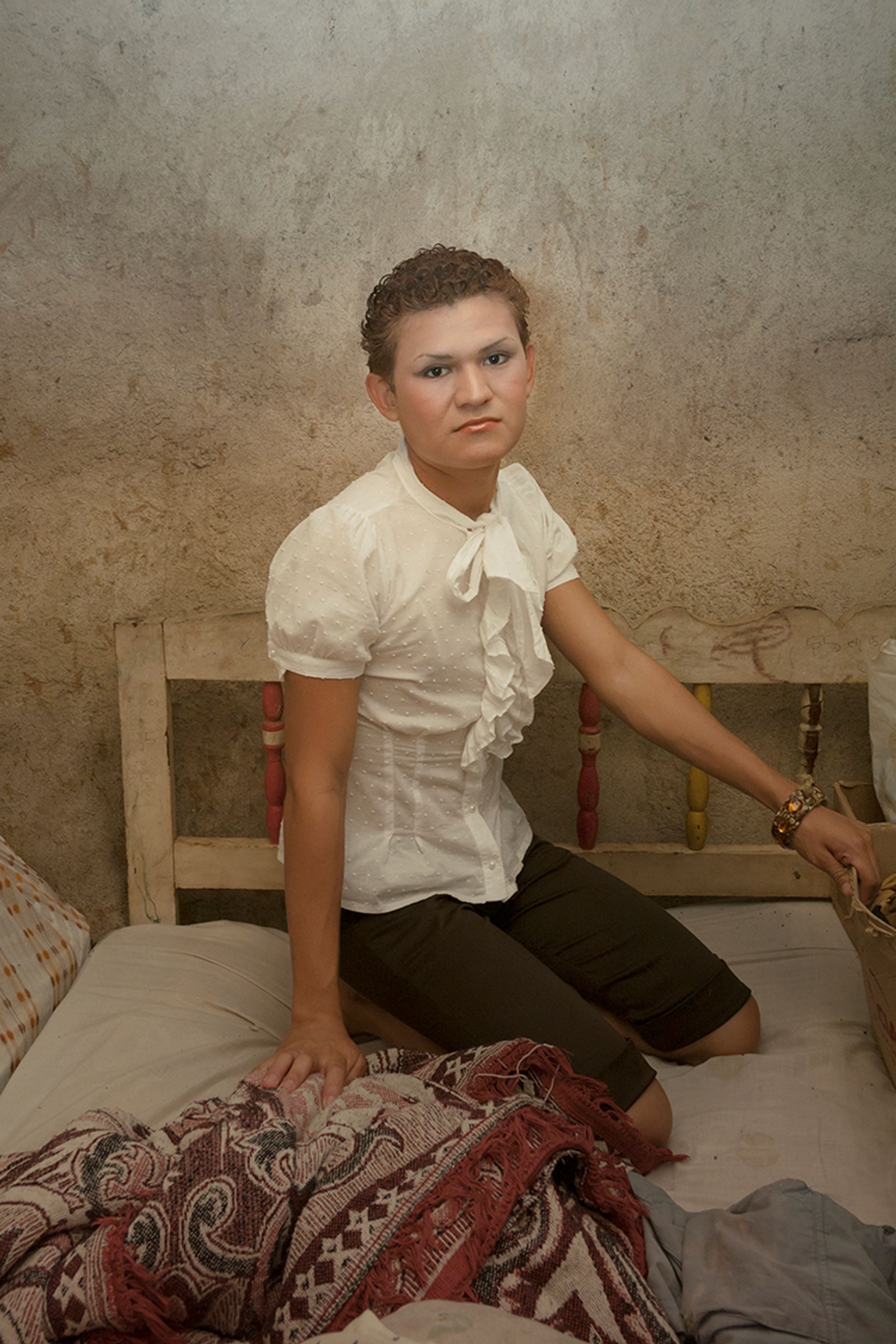
Rubén
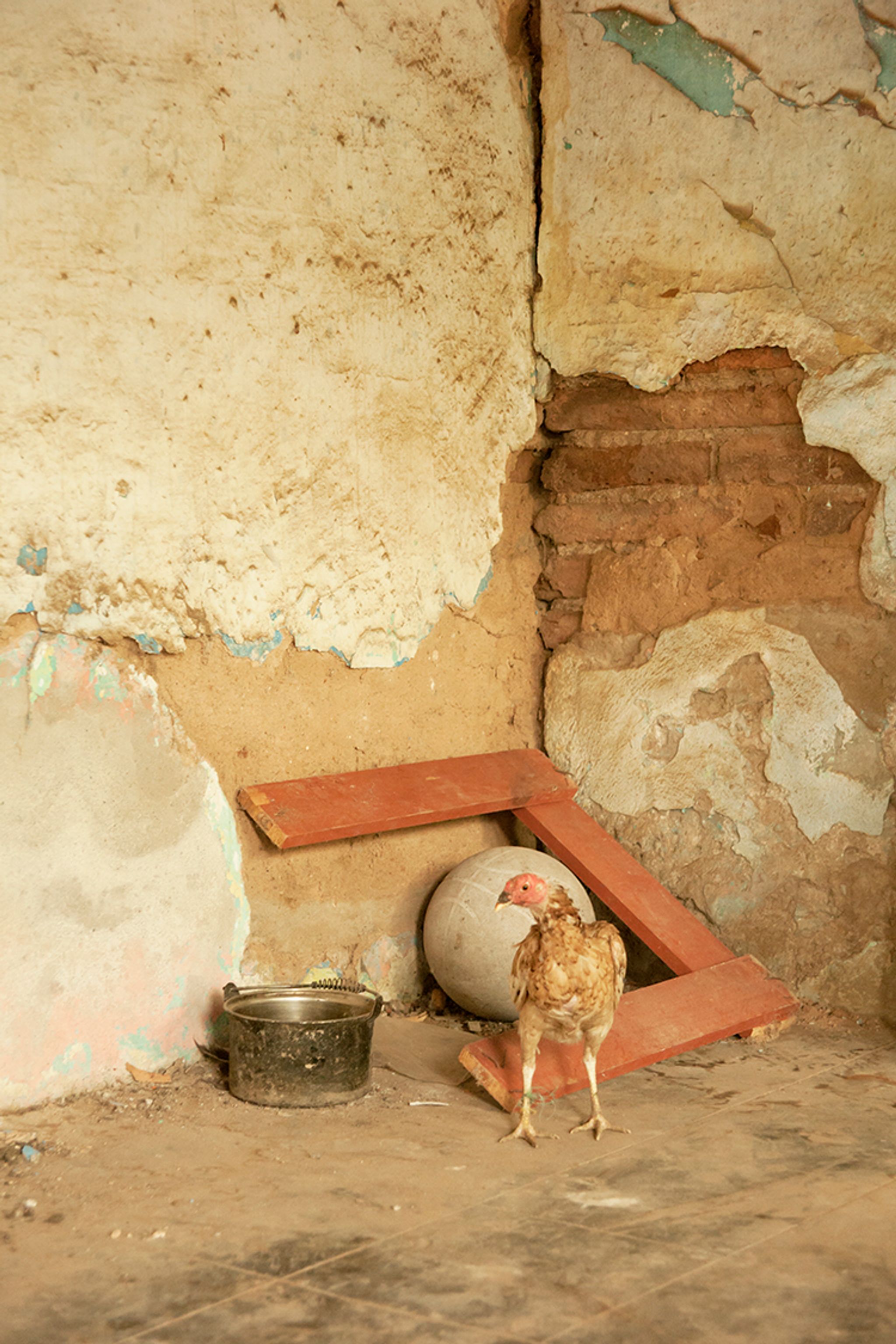
The chicken
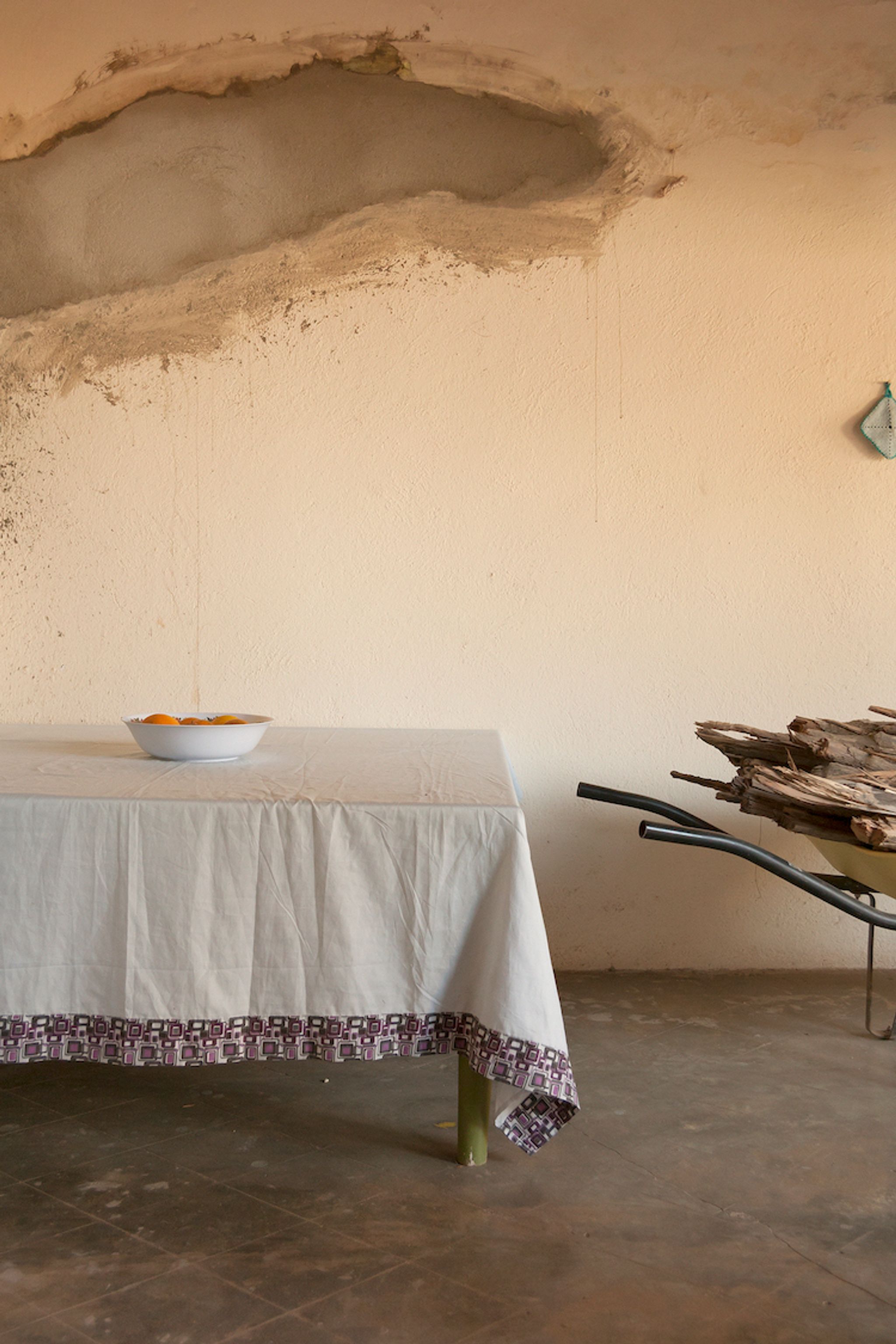
Ana´s house
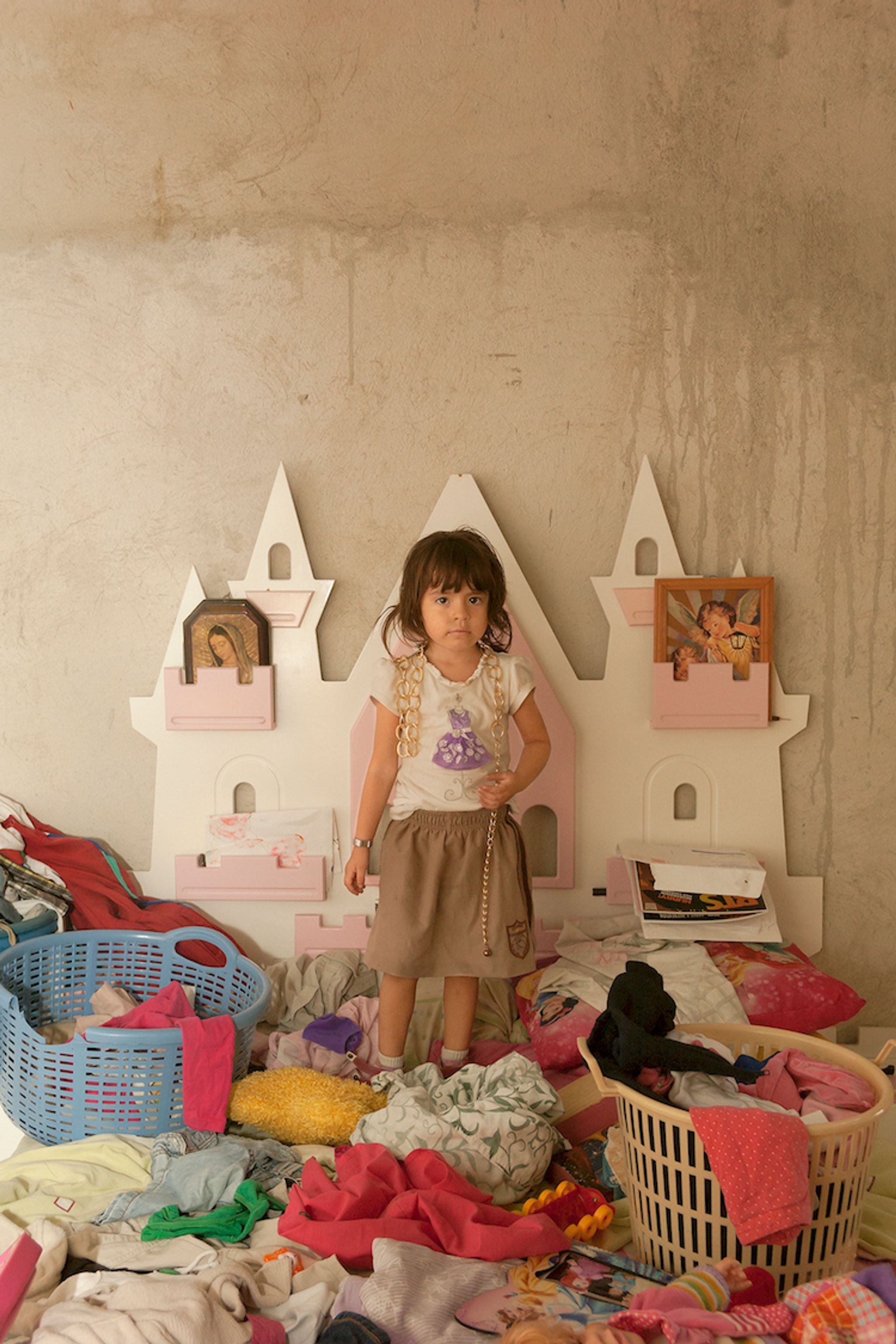
Aida Venecia II
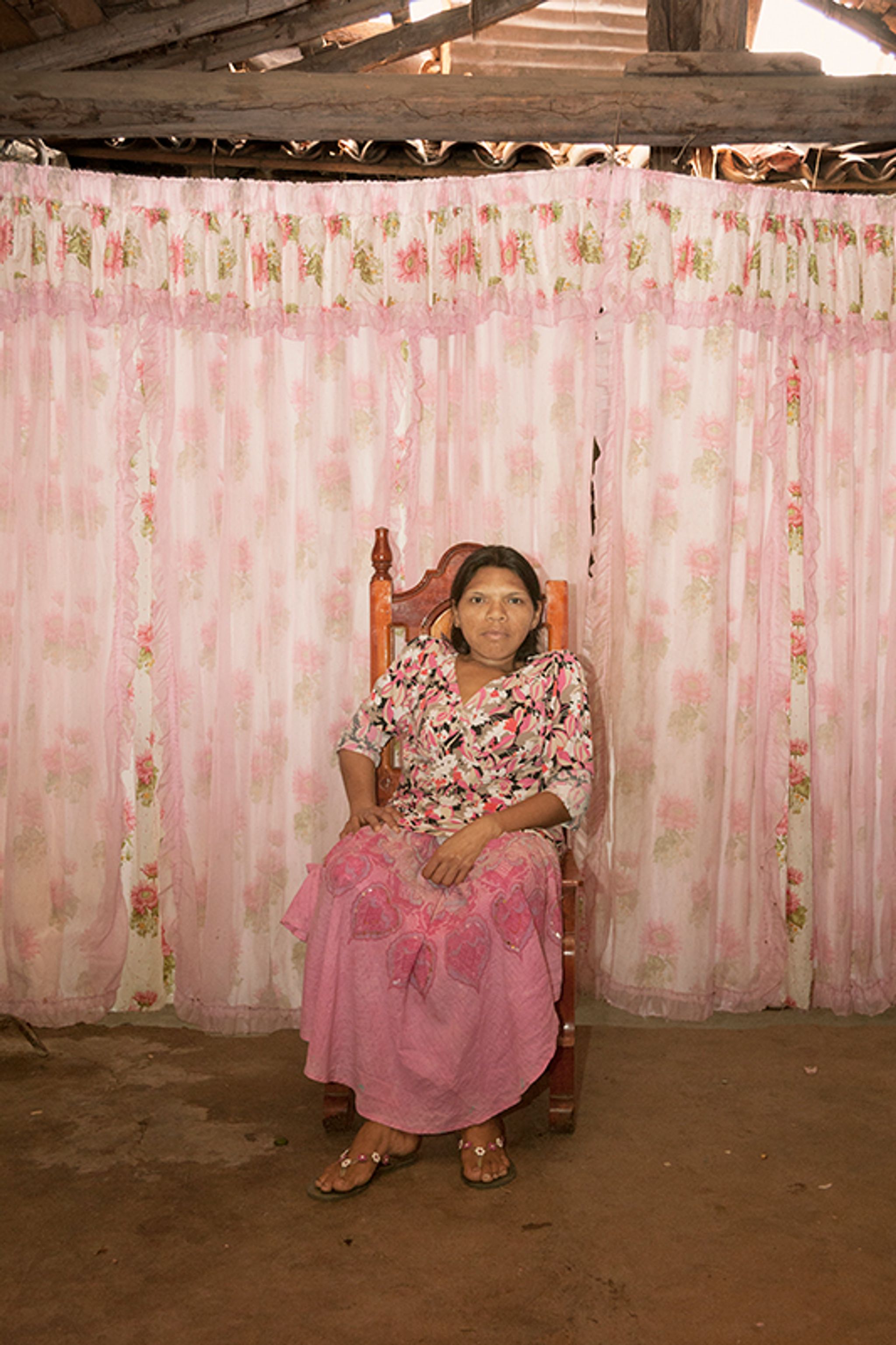
Estela
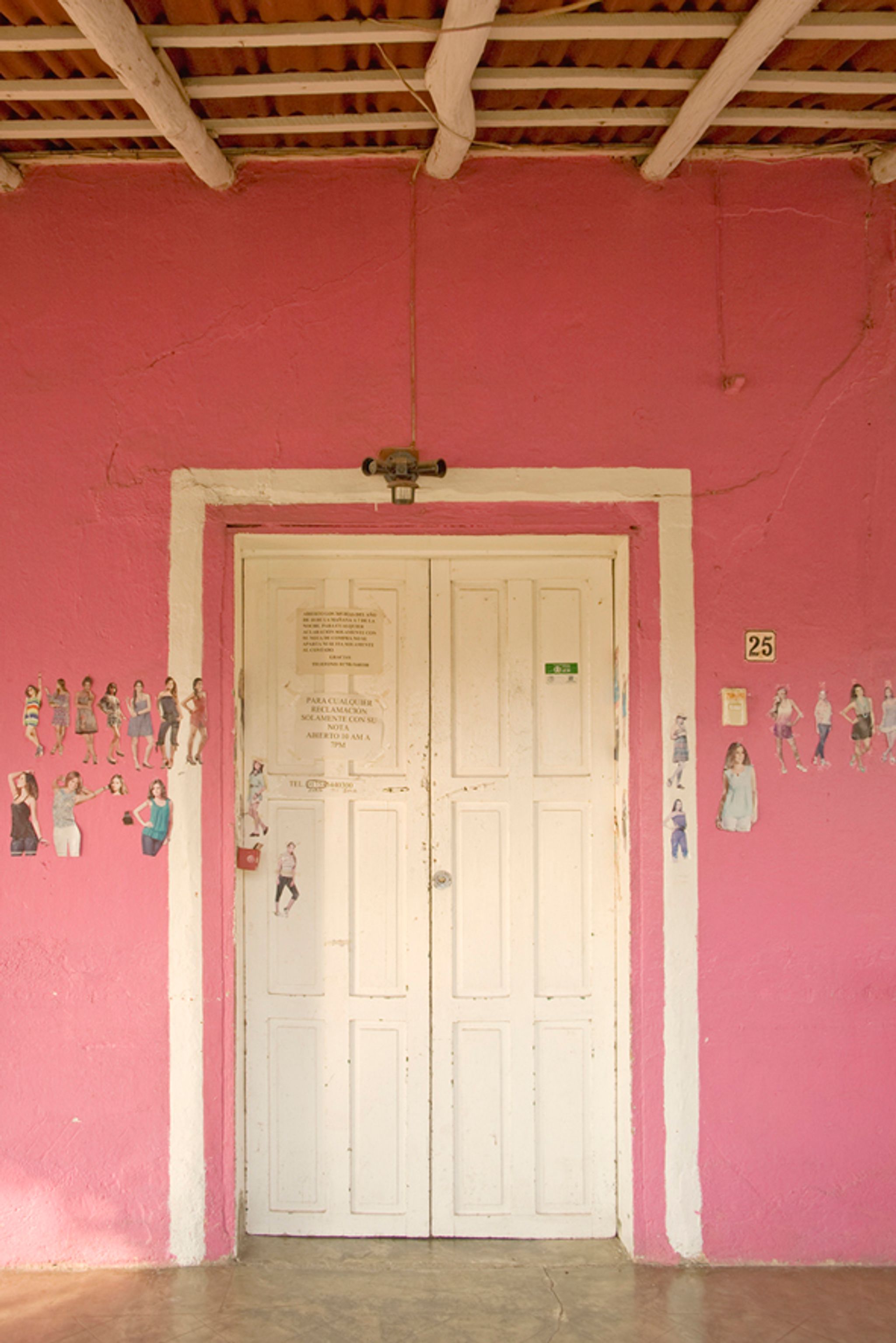
Rosalinda´s house
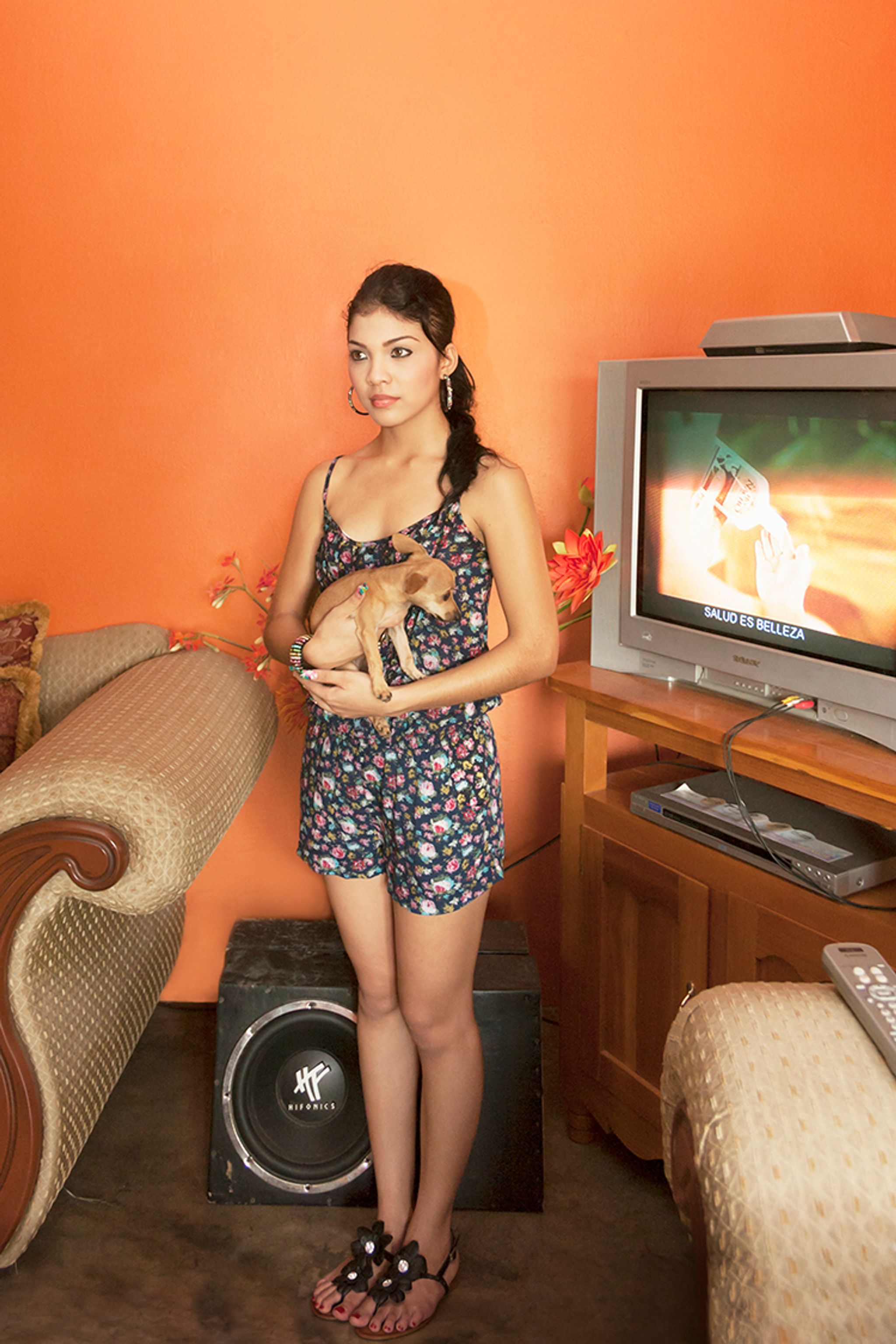
Paloma

Suri
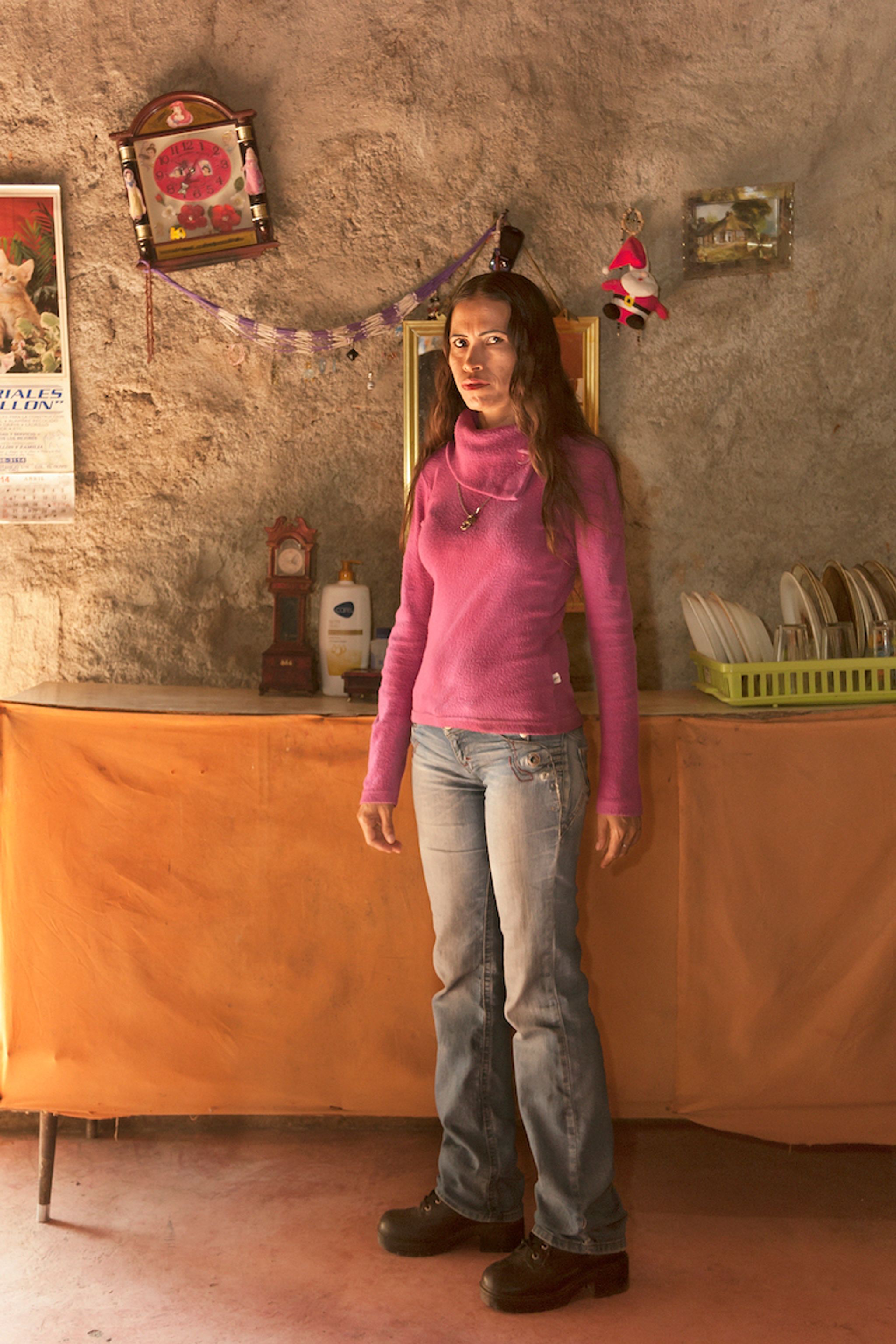
Diana